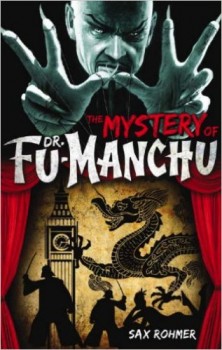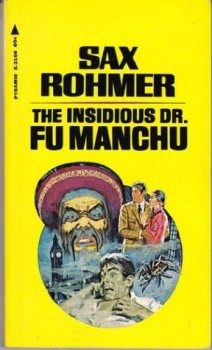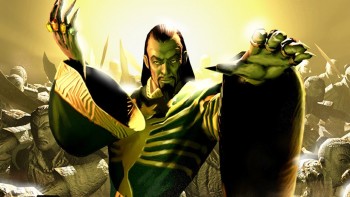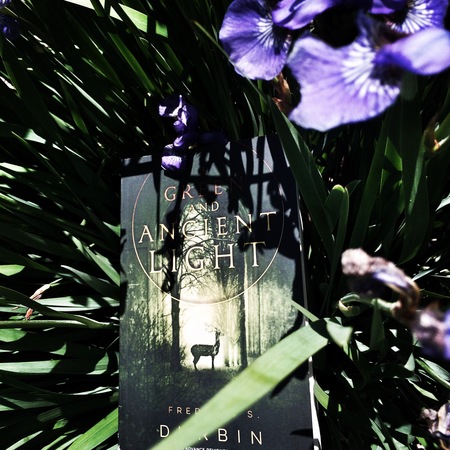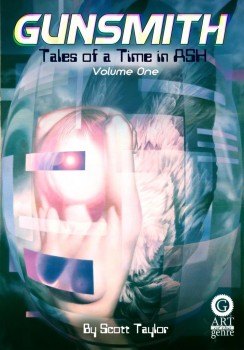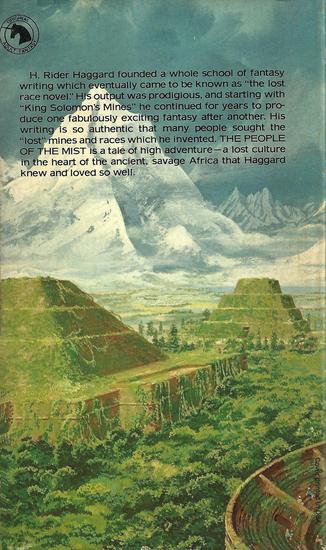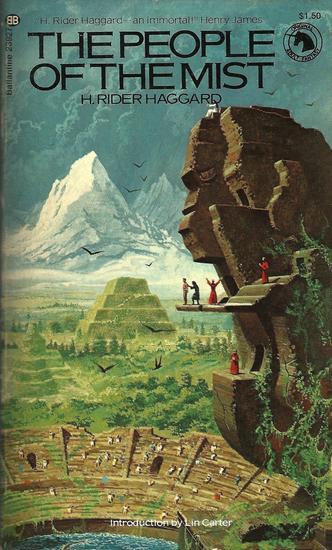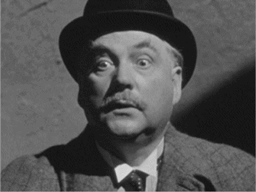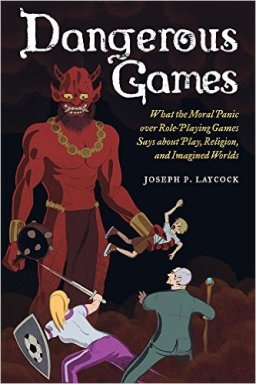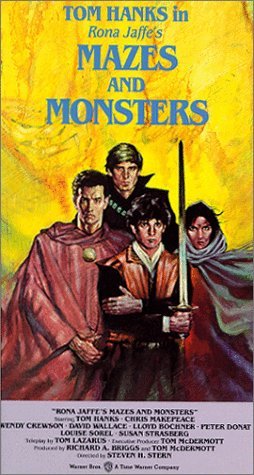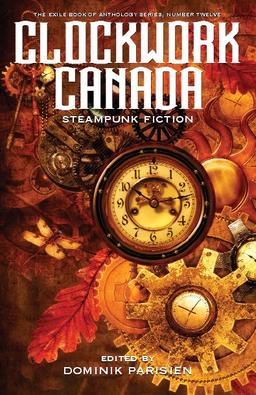Rebirth: DC’s Corrective Reboot
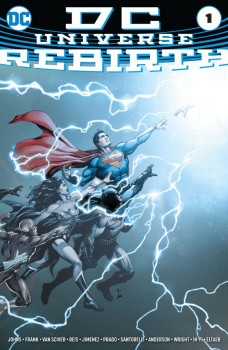 The last time I blogged about a reboot, the word may have given people hives. But don’t reach for your anti-histamines yet. Well… keep them handy. Your reboot allergic reaction may not be triggered by a Corrective Reboot.
The last time I blogged about a reboot, the word may have given people hives. But don’t reach for your anti-histamines yet. Well… keep them handy. Your reboot allergic reaction may not be triggered by a Corrective Reboot.
What the heck’s a corrective reboot? Well, it’s like corrective lenses.
I reviewed comics for weeklycomicbookreview.com from 2008-2010. I covered mostly DC, with a fair chunk of Dynamite (I love me my John Carter of Mars, The Lone Ranger, and Kato). I read Superman and Wonder Woman and Green Lantern, but my favorite DC titles seemed to be Red Robin (Tim Drake), Batgirl (Stephanie Brown, mentored by Barbaba Gordon AKA Oracle) and Dick Grayson as Batman. I guess, looking back, I like it when sidekicks make good.
Shortly after I stopped reviewing, DC did a reboot called The New 52. Some of the continuity was preserved, but some wasn’t. As… counter-intuitive as that sounds, the result was that about ten years was shaved off of all the DCU and we lost some sidekicks and some relationships.
For example, prior to the New 52 reboot, enough time had passed for four Robins to have swung about in scaled Underoos (Dick Grayson, Jason Todd, Tim Drake and Damian Wayne). And of course, many of the DCU’s greatest buddy relationships (or romantic ones, in the case of Green Arrow and Black Canary) had time to form.
